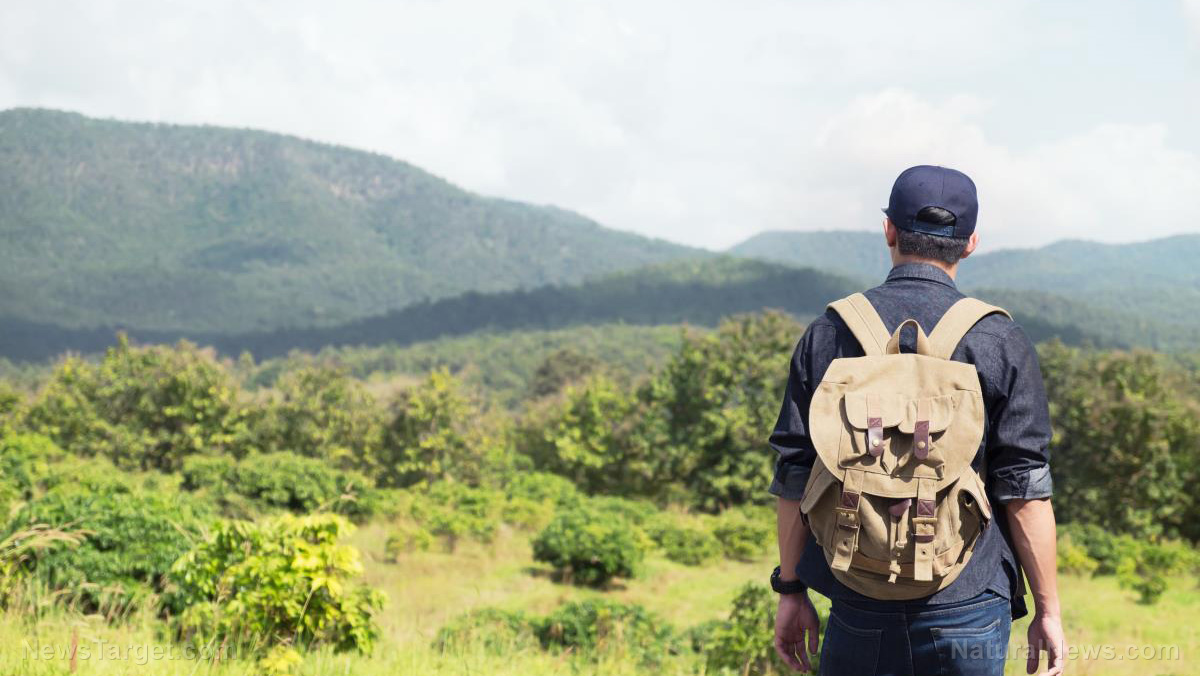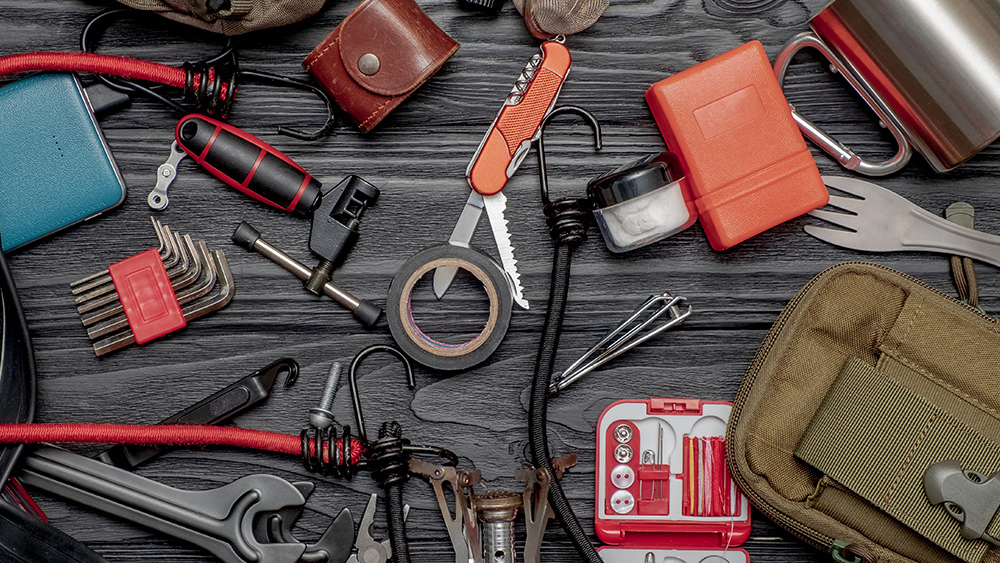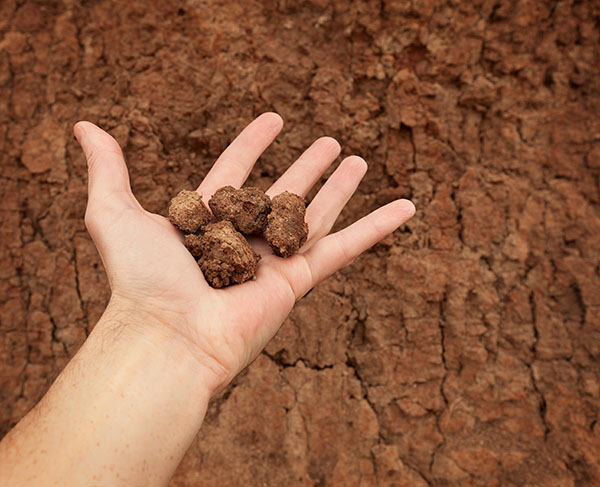 Parler
Parler Gab
Gab
Prepare to bug out ASAP when disaster strikes
When preparing to bug out safely before disaster strikes, you can learn several lessons from Los Angeles when it experienced an economic boom after World War II. During the time, Los Angeles was at risk of being targeted by a nuclear attack by the Soviets. The population of Los Angeles in 1950 was close to two million, but the infant freeway system only had three narrow highways to evacuate a large number of people during an emergency. To address this, the authorities realized that the most effective solution was to build a network of roads over the San Gabriel Mountains and into the Mojave Desert beyond. Should the city experience an impending disaster that required evacuation, the residents of Los Angeles would be forced to depend on their own resources. (Related: Billionaires like Bill Gates are predicting a coming food crisis and preparing by building survival bunkers.)What to do before you leave
History has proven that evacuation announcements can be made with very little notice. If you're a prepper, you must get your preps ready ahead of time so you can avoid the throng of people that will inevitably make it hard to pass through the roads out of town. Bug-out vehicle If you think you will need to bug out when SHTF, make sure your bug-out car has a full tank of gas and is well-maintained since gas stations may be closed or only offer limited services. When cars pile up on the road, you will need survival gear in your vehicle at all times. This ensures that you have fewer items to gather when it's time to evacuate and you will be better prepared for an emergency when you are away from home most of the time. You should also have a plan if you think your car may get stuck amid other non-preppers and are forced to abandon your vehicle. When this happens, you will need an alternative means of transportation. If your budget is tight, you can include something affordable in your plans, like an average bike. If you want to include a couple of bikes in your bug-out plan, you must be prepared to handle the weather. When packing your bug-out bag, include weather-appropriate clothing for the riders that offer protection and proper tires for the bike. Exit plan Each city is unique. Some may have several evacuation routes while others may be more restricted. Before SHTF, you need to draw an emergency exit plan that factors in your location, population and intended destination. Try to avoid heading toward the city center. Instead, stick with a primary route that you have marked on detailed paper maps. Since the cell service may not be available, you should bring topographical and forest service maps, along with highway and local road maps specific to your area. Familiarize yourself with your chosen route so you can safely bug out. Some people may want to follow the orders of government officials during an evacuation, but you should be ready to follow your own route if necessary to ensure your safety. Make sure you have a hand-crank radio in your cache or bug-out bag so you can monitor the news. Be prepared to switch to plan B or even plan C after SHTF since things can and will fail when disaster strikes. When drafting your emergency plan, look for a tertiary road, an alternate route, or a secret series of side streets that you can take when the main roads get crowded. When drafting your emergency plan, think of the supplies and gear you might need as you bug out. Plan for common scenarios and overlap your requirements for each case. Since it's impossible to plan for every scenario, effective planning will help maximize your chances of a successful evacuation. Survival gear When packing your bug-out gear, think of factors like the climate, environment, time of year, type of emergency and your destination. The 10 Essentials, popularized by the Sierra Club and Boy Scouts in the 1970s, is a comprehensive packing list that will help ensure you are prepared for any situation while evacuating after SHTF. 10 Survival essentials to pack in your bug-out bag:- Compass
- Extra clothing
- Extra food and water
- Firestarter
- First aid kit
- Flashlight (with spare batteries and bulb)
- Map
- Matches (in a sturdy, waterproof container)
- Pocket knife
- Sunglasses and sunscreen
Deciding how long to bug out
There are many factors to consider when trying to decide how long to bug out. First, consider your safety. Before returning home, you need to confirm that it is safe to do so. Depending on the nature of the emergency, you may need to wait for the all-clear announcement from emergency services or local authorities before going back home. You should also consider the aftermath of the emergency. Even if it's already safe to return home, you might not have a home to return to if it has been damaged or destroyed. If this is the case, you might need to think of a plan B so your family can settle somewhere else safely. You also need to understand the nature of the emergency and its aftermath. Some natural disasters, like hurricanes or wildfires, may cause widespread damage and disruption. This can make it hard to return home even if your house is intact. If this is the case, you may need to plan for an extended period away from home, possibly extending your bug out to weeks or even months. If your home is destroyed, you will need a safe place to relocate your family. When possible, choose a location close to family and friends who can offer both moral support and resources, if needed. Evacuating a ruined city after SHTF can be difficult, but planning ahead can help you decide on the safest routes to take and the best bug-out location for your family. When disaster strikes, stick to your bug-out plan and stay vigilant. Head to your bug-out location and wait until it's safe to go back home, and prepare to relocate if you need to. Watch the video below for tips on what to include in your bug-out bag. This video is from the Alex Hammer channel on Brighteon.com.More related stories:
Prep With Mike: Bugging out is better than staying in an apartment during a collapse. Survival 101: What to do after a nuclear blast. Bug out survival planning: Transportation ideas during a financial crisis. Sources include: Survivopedia.com Angeles.SierraClub.org Brighteon.comBritish supermarket encloses BUTTER in security netting as UK food inflation persists
By Ramon Tomey // Share
9 Household items you can repurpose in a survival scenario
By Olivia Cook // Share
Turkish president calls for Muslim world to UNITE against Israel
By Ramon Tomey // Share
Food storage tips: How to protect your food supply from bugs and pests
By Zoey Sky // Share
Sustainable gardening: What you need to know and do if your land is composed of clay soil
By Olivia Cook // Share
Governments continue to obscure COVID-19 vaccine data amid rising concerns over excess deaths
By patricklewis // Share
Tech giant Microsoft backs EXTINCTION with its support of carbon capture programs
By ramontomeydw // Share
Germany to resume arms exports to Israel despite repeated ceasefire violations
By isabelle // Share










